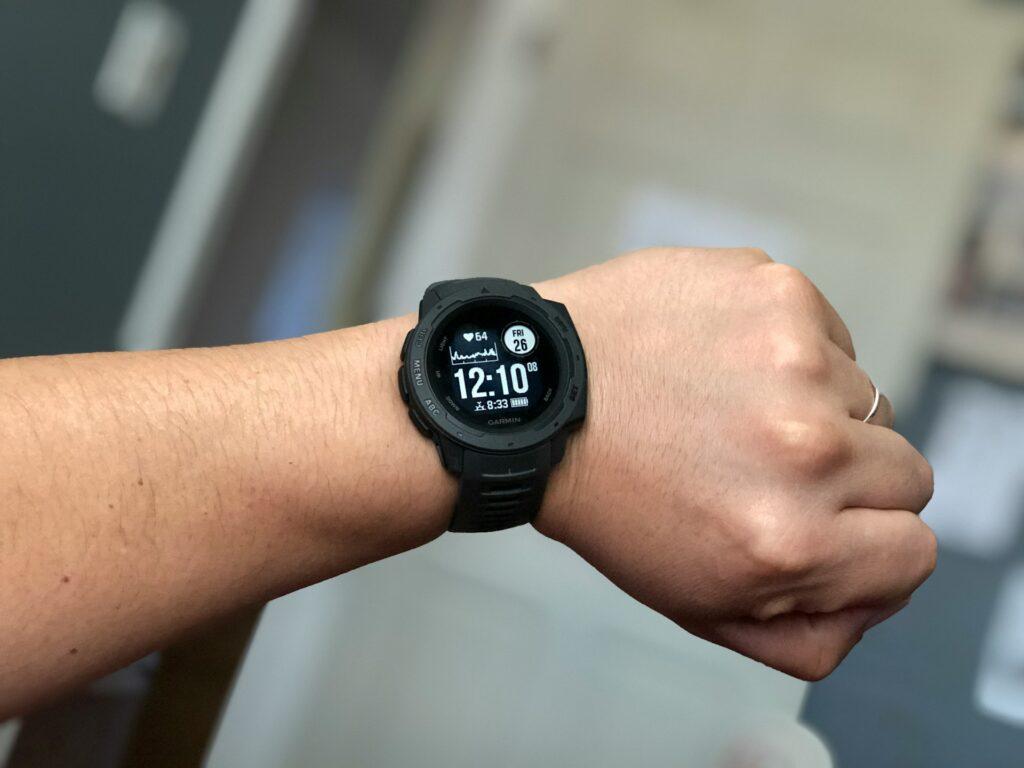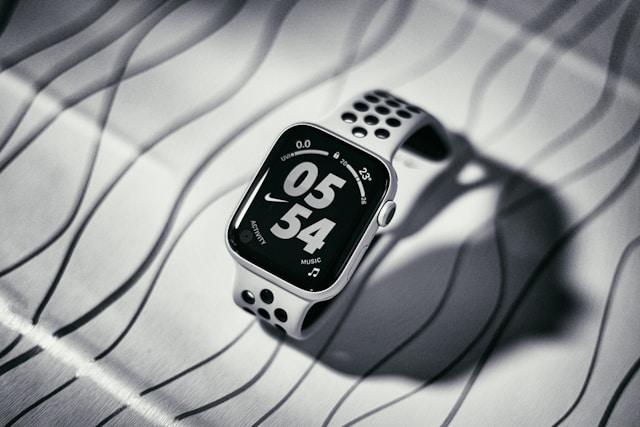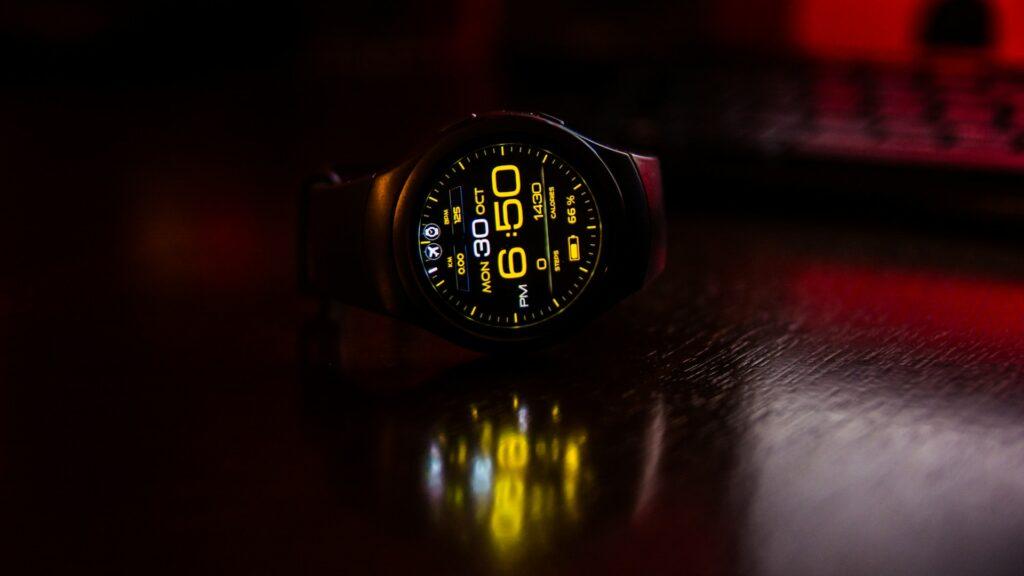Understanding Smartwatch Display Types: A Beginner’s Guide
In the world of smartwatches, the display plays a crucial role in providing an immersive and enjoyable user experience. From checking the time and notifications to tracking fitness activities and accessing various apps, the display is the primary interface through which you interact with your smartwatch.
With a wide range of display technologies available, it can be overwhelming to choose the right one that suits your preferences and needs. In this comprehensive guide, we’ll explore the different types of smartwatch displays, their advantages and disadvantages, and the factors to consider when making your purchase decision.
Types of Smartwatch Displays
1. LCD (Liquid Crystal Display)
Liquid Crystal Display (LCD) technology has been a mainstay in the world of electronics, including smartwatches. LCDs work by using liquid crystals sandwiched between two polarized glass panels. These crystals can be manipulated to either block or allow light to pass through, creating the desired image on the screen.

Advantages of LCD Displays:
- Good outdoor visibility: LCDs typically perform well in bright sunlight, making them easy to read outdoors.
- Low power consumption: LCD technology is generally more power-efficient compared to some other display types, resulting in longer battery life for smartwatches.
- Affordability: LCDs are often more cost-effective to manufacture, making them a popular choice for budget-friendly smartwatches.
Disadvantages of LCD Displays:
- Limited viewing angles: LCDs can suffer from color shifting and contrast issues when viewed from certain angles.
- Lower contrast: Compared to other display technologies, LCDs generally have lower contrast ratios, which can affect the overall image quality.
- Slower response times: LCDs may experience some motion blur or ghosting effects, especially in fast-moving scenes or animations.
2. OLED (Organic Light-Emitting Diode)
OLED, short for Organic Light-Emitting Diode, is a display technology that has gained significant popularity in recent years, particularly in the smartwatch market. Unlike LCDs, which require a backlight, OLED displays emit light directly from each individual pixel, resulting in superior contrast and deeper blacks.

Advantages of OLED Displays:
- Deep blacks and high contrast: Since OLED pixels can be completely turned off, they produce true blacks, resulting in stunning contrast ratios and vibrant colors.
- Wide viewing angles: OLED displays maintain consistent color and contrast even when viewed from extreme angles.
- Faster response times: OLED technology offers faster response times compared to LCDs, reducing motion blur and providing a smoother viewing experience.
- Slimmer and more flexible design: OLED displays can be made incredibly thin and even flexible, allowing for sleeker and more innovative smartwatch designs.
Disadvantages of OLED Displays:
- Higher power consumption: OLED displays generally consume more power than LCDs, which can impact battery life, especially on smartwatches with smaller batteries.
- Potential burn-in issues: If static images or user interfaces remain on the screen for extended periods, OLED displays can suffer from burn-in, where the image becomes permanently visible even after changing the content.
- Shorter lifespan: While improving, OLED displays may have a shorter lifespan compared to LCDs before noticeable degradation occurs.
Popular smartwatches featuring OLED displays include the Apple Watch Series 4 and later, the Samsung Galaxy Watch series, and various models from Fossil, Huawei, and Motorola.
3. AMOLED (Active-Matrix Organic Light-Emitting Diode)
AMOLED, or Active-Matrix Organic Light-Emitting Diode, is an advanced variation of OLED technology. In AMOLED displays, each pixel is controlled by a thin-film transistor (TFT), allowing for faster response times, improved power efficiency, and higher resolutions.

Advantages of AMOLED Displays:
- Superior power efficiency: By precisely controlling individual pixels, AMOLED displays can selectively turn off pixels that are not in use, resulting in significant power savings, especially for dark user interfaces or when displaying predominantly dark content.
- Faster response times: AMOLED displays offer even faster response times compared to regular OLED displays, providing a more fluid and responsive viewing experience.
- Deeper blacks and higher contrast: Like OLED displays, AMOLED panels can achieve true blacks and exceptional contrast ratios, resulting in vibrant and lifelike images.
- Wide viewing angles: AMOLED displays maintain consistent color and contrast even at extreme viewing angles.
Disadvantages of AMOLED Displays:
- Potential burn-in issues: Similar to OLED displays, AMOLED panels can suffer from burn-in if static images or user interfaces remain on the screen for extended periods.
- Higher manufacturing costs: The advanced technology and precise manufacturing processes involved in producing AMOLED displays can make them more expensive compared to LCD or regular OLED panels.
- Shorter lifespan: While improving, AMOLED displays may have a shorter lifespan compared to LCDs before noticeable degradation occurs.
Smartwatches that feature AMOLED displays include the Samsung Galaxy Watch series, and the Apple Watch Series 9, as well as models from brands like Huawei, Garmin, and Mobvoi.
4. Other Display Technologies (MLED & E-Ink)
While LCD, OLED, and AMOLED are the most prevalent display technologies in the smartwatch market, there are a few other display types worth mentioning:
MLED (Micro-LED)
Micro LED technology promises high brightness, high contrast, wide color gamut, and excellent energy efficiency. However, it is still in the early stages of development and has limited availability in smartwatches.
E-Ink (Electronic Ink)
E-Ink displays are known for their low power consumption, making them suitable for smartwatches with extended battery life requirements. However, they typically have limited color capabilities and slower refresh rates.
Factors to Consider When Choosing a Smartwatch Display:
Display Size and Resolution
Smartwatch displays typically range from 1.2 inches to 1.8 inches in size, with resolutions varying from 240×240 pixels to 456×456 pixels or higher. A larger display size and higher resolution can provide a more immersive viewing experience, but it may also impact battery life and overall device size.
Outdoor Visibility and Sunlight Readability
If you plan to use your smartwatch outdoors frequently, consider displays with good outdoor visibility and sunlight readability. LCDs generally perform better in bright sunlight compared to OLED and AMOLED displays.
Battery Life and Power Consumption
The display technology you choose can significantly impact your smartwatch’s battery life. AMOLED displays are known for their power efficiency, while OLED displays tend to consume more power compared to LCDs.
Related Blog Post: Tips for Maximizing the Smartwatch Battery Life
Color Accuracy and Contrast
OLED and AMOLED displays offer superior color accuracy and contrast ratios compared to LCDs. If you value vibrant and lifelike colors, these display types may be a better choice.
Viewing Angles
OLED and AMOLED displays maintain consistent color and contrast even at extreme viewing angles, while LCDs can suffer from color shifting and contrast issues when viewed from certain angles.
Durability and Scratch Resistance
Smartwatch displays can be prone to scratches and damage, especially during active use or outdoor activities. For added durability, consider displays with scratch-resistant coatings or protective materials like sapphire crystal.
Conclusion
Choosing the right smartwatch display type is a crucial decision that can significantly impact your overall user experience. Each display technology has its unique advantages and disadvantages, and the ideal choice will depend on your specific needs and preferences.
If you prioritize outdoor visibility and extended battery life, LCDs may be the way to go. However, if you value vibrant colors, deep blacks, and wide viewing angles, OLED or AMOLED displays could be the better option. Additionally, consider factors like display size, resolution, and durability to ensure a seamless and enjoyable experience with your smartwatch.
Ultimately, it’s essential to research and weigh the pros and cons of each display type based on your usage patterns and requirements. By understanding the strengths and limitations of each technology, you can make an informed decision and choose the perfect smartwatch display that meets your needs and enhances your overall smartwatch experience.
FAQs
While both OLED and AMOLED displays use organic light-emitting diodes, AMOLED (Active-Matrix Organic Light-Emitting Diode) displays have an additional layer of thin-film transistors (TFTs) that provide better control over individual pixels. This results in improved power efficiency, faster response times, and higher resolutions compared to regular OLED displays.
Yes, both OLED and AMOLED displays can suffer from burn-in issues if static images or user interfaces remain on the screen for extended periods. This is because the organic compounds in the display can degrade over time, causing a permanent “ghost” image to appear. However, most modern OLED/AMOLED displays have built-in features to mitigate burn-in, such as pixel shifting and screen dimming.
Generally, yes. OLED and AMOLED displays tend to consume more battery power than LCDs, especially when displaying bright or predominantly white content. However, AMOLED displays are more power-efficient than regular OLED displays, as they can selectively turn off individual pixels when displaying dark content.
In most cases, scratches or cracks on a smartwatch display cannot be easily repaired. The display is a sealed unit, and replacing it often requires specialized tools and expertise. It’s generally recommended to use a screen protector or a protective case to prevent damage to the display.
There is no definitive evidence that OLED or AMOLED displays pose any significant health risks. However, some studies have suggested that the blue light emitted by these displays may contribute to eye strain and disrupted sleep patterns. Many smartwatches now offer blue light filter options or night modes to reduce blue light exposure.
No, it is generally not possible to upgrade or replace the display on an existing smartwatch. The display is an integral part of the device’s hardware, and changing it would require a complete disassembly and reassembly of the smartwatch, which is not practical or cost-effective for most users.
To clean and maintain your smartwatch display, use a soft, lint-free cloth to wipe away any smudges or fingerprints gently. Avoid using harsh chemicals or abrasive materials, as they can scratch or damage the display. Additionally, protect the display from direct sunlight and extreme temperatures, which can accelerate degradation over time.